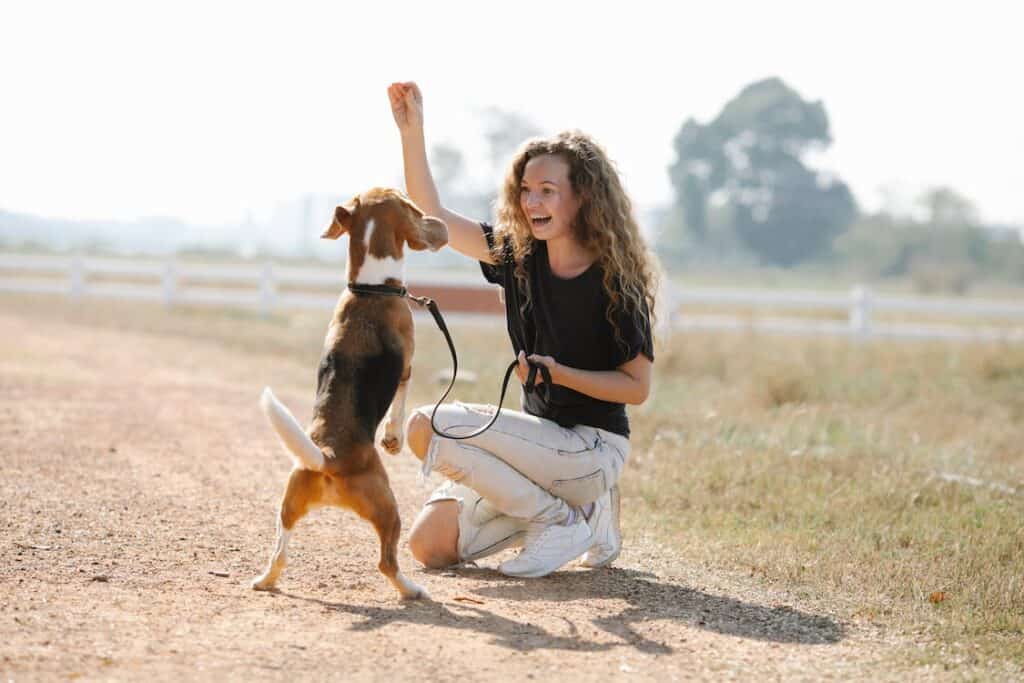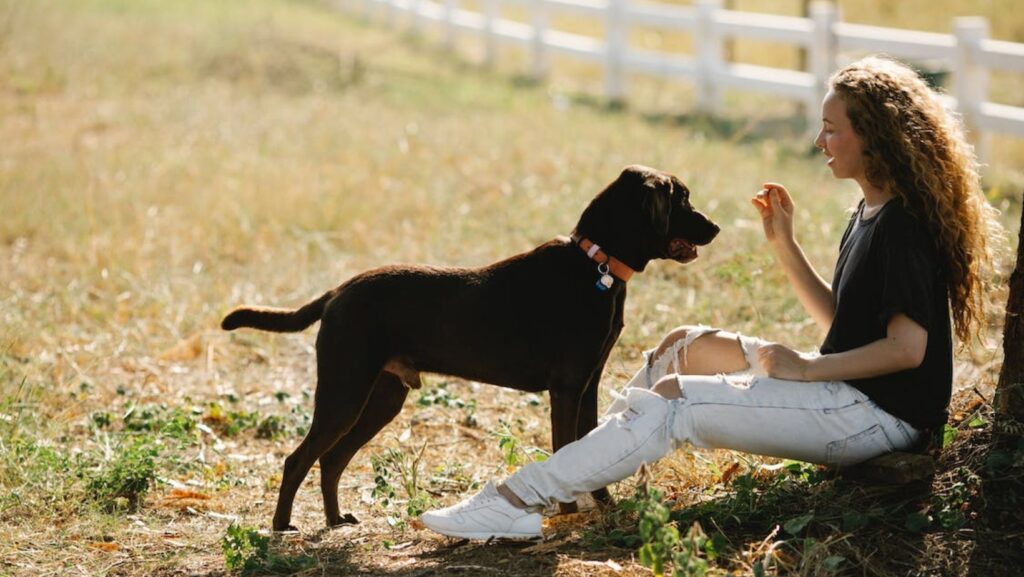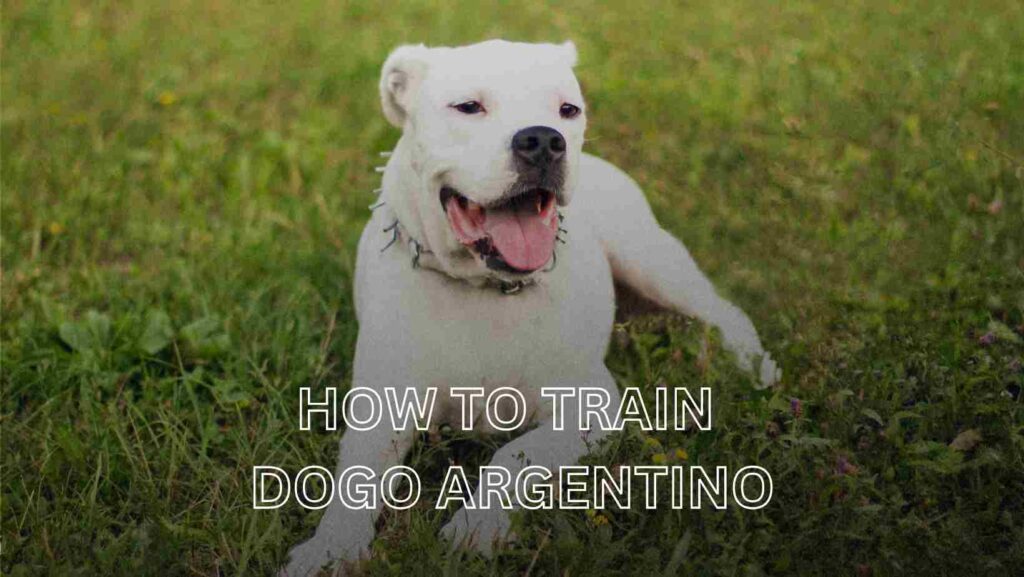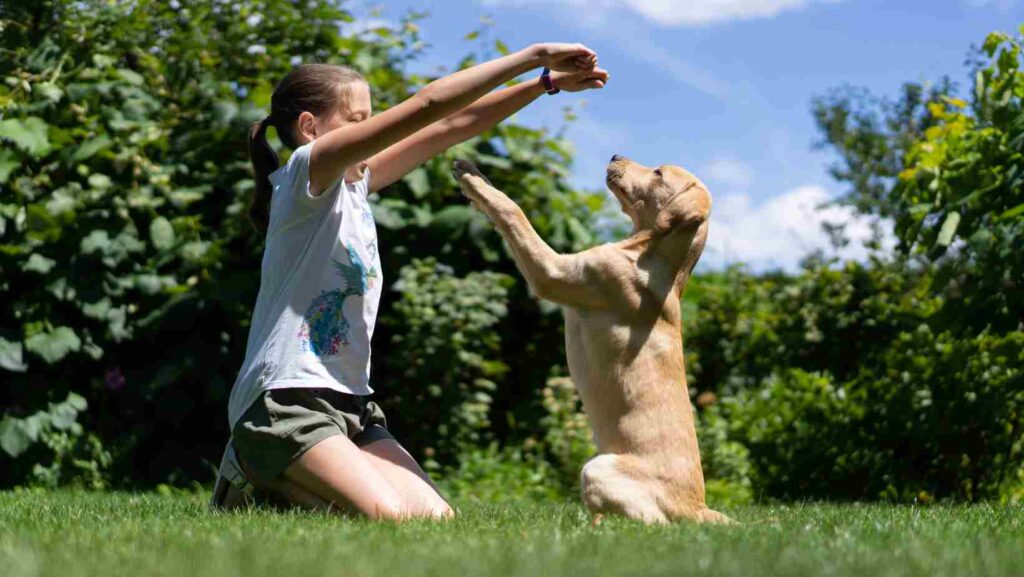Are you tired of constantly hearing your small dog’s barking? Barking is a natural behavior for dogs, but excessive barking can be a nuisance, especially if you live in a small apartment or have close neighbors.
Fortunately, with patience and consistency, it is possible to train your small dog not to bark unnecessarily. In this article, we will discuss effective techniques to train small dogs not to bark.
Understanding the Reasons for Barking
Before we dive into training techniques, it’s important to understand the reasons behind your small dog’s barking. Barking can be due to various reasons, including boredom, fear, separation anxiety, territorial behavior, or simply seeking attention. It’s important to identify the underlying cause of your dog’s barking before training them not to bark.
Teach the “Quiet” Command
Teaching your small dog the “quiet” command is the first step in training them not to bark unnecessarily. Here’s how to do it:
- Wait for your dog to bark.
- Say “quiet” in a firm but calm voice.
- Wait for your dog to stop barking, even if it’s just for a second.
- Reward your dog with praise and a treat.
Repeat this process consistently, gradually increasing the duration of your dog’s silence before rewarding them. This technique will teach your dog to associate the “quiet” command with being calm and quiet.
Positive Reinforcement Training
Positive reinforcement training is a powerful way to train small dogs not to bark. This method involves rewarding your dog for good behavior and ignoring bad behavior. Here’s how to do it:
- Identify the situations that trigger your dog’s barking.
- Whenever your dog is quiet in those situations, reward them with praise and treats.
- If your dog barks, ignore them completely until they stop barking.
- Once your dog is quiet, immediately reward them with praise and treats.
Over time, your dog will learn that being quiet in certain situations leads to rewards, while barking leads to being ignored.
Desensitization Training
Desensitization training involves gradually exposing your dog to the triggers that make them bark, in a controlled and positive way. This technique can be especially useful for small dogs who bark excessively at strangers or other animals. Here’s how to do it:
- Start by exposing your dog to the trigger from a distance, such as a person or another dog.
- Reward your dog for remaining calm and quiet.
- Gradually decrease the distance between your dog and the trigger, continuing to reward good behavior.
- Repeat this process until your dog is able to remain calm and quiet even when the trigger is up close.
Desensitization training requires patience and consistency, but it can be an effective way to reduce your small dog’s excessive barking.
Exercise and Mental Stimulation
Boredom and lack of exercise can be major causes of excessive barking in small dogs. Providing your dog with plenty of physical exercise and mental stimulation can help reduce their barking. Here are some tips:
- Take your dog for daily walks and play sessions.
- Provide your dog with interactive toys and puzzles to keep them mentally stimulated.
- Teach your dog new tricks and commands to keep their mind engaged.
A well-exercised and mentally stimulated dog is less likely to bark excessively.
Conclusion
Training a small dog not to bark can be a challenging task, but with patience and consistency, it is possible. By understanding the reasons behind your dog’s barking and using positive reinforcement, desensitization training, and providing them with exercise and mental stimulation, you can reduce your small dog’s excessive barking and enjoy a quieter home.








